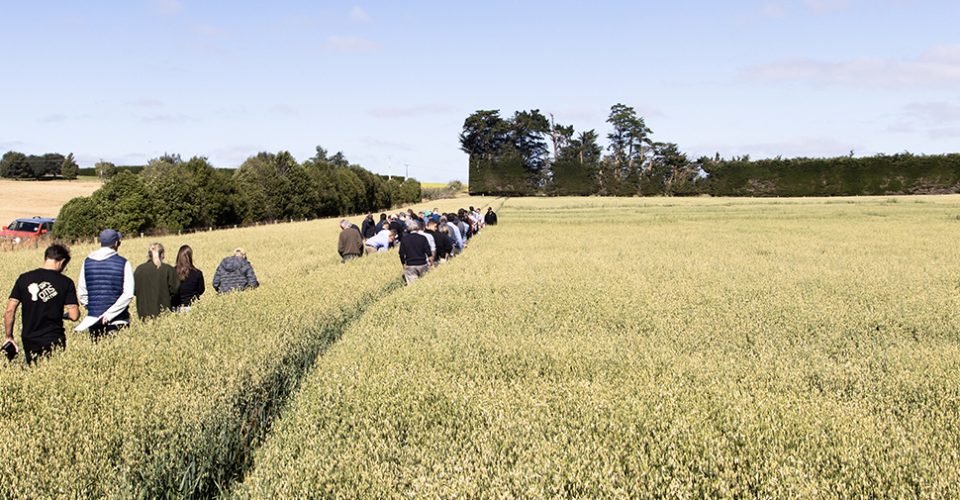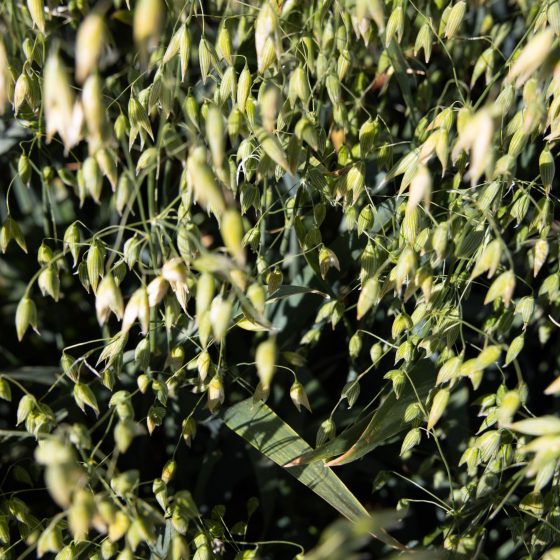Our New Zealand Oats
Oats have been grown in New Zealand since the 1870s and the Southern regions of New Zealand are ideally suited to grow oats and other grains. Our climate and highly versatile soils are key contributors to our high yields and nutritional outcomes.
These natural advantages are strengthened through the supporting local and national research, infrastructure and commercial ecosystem.

